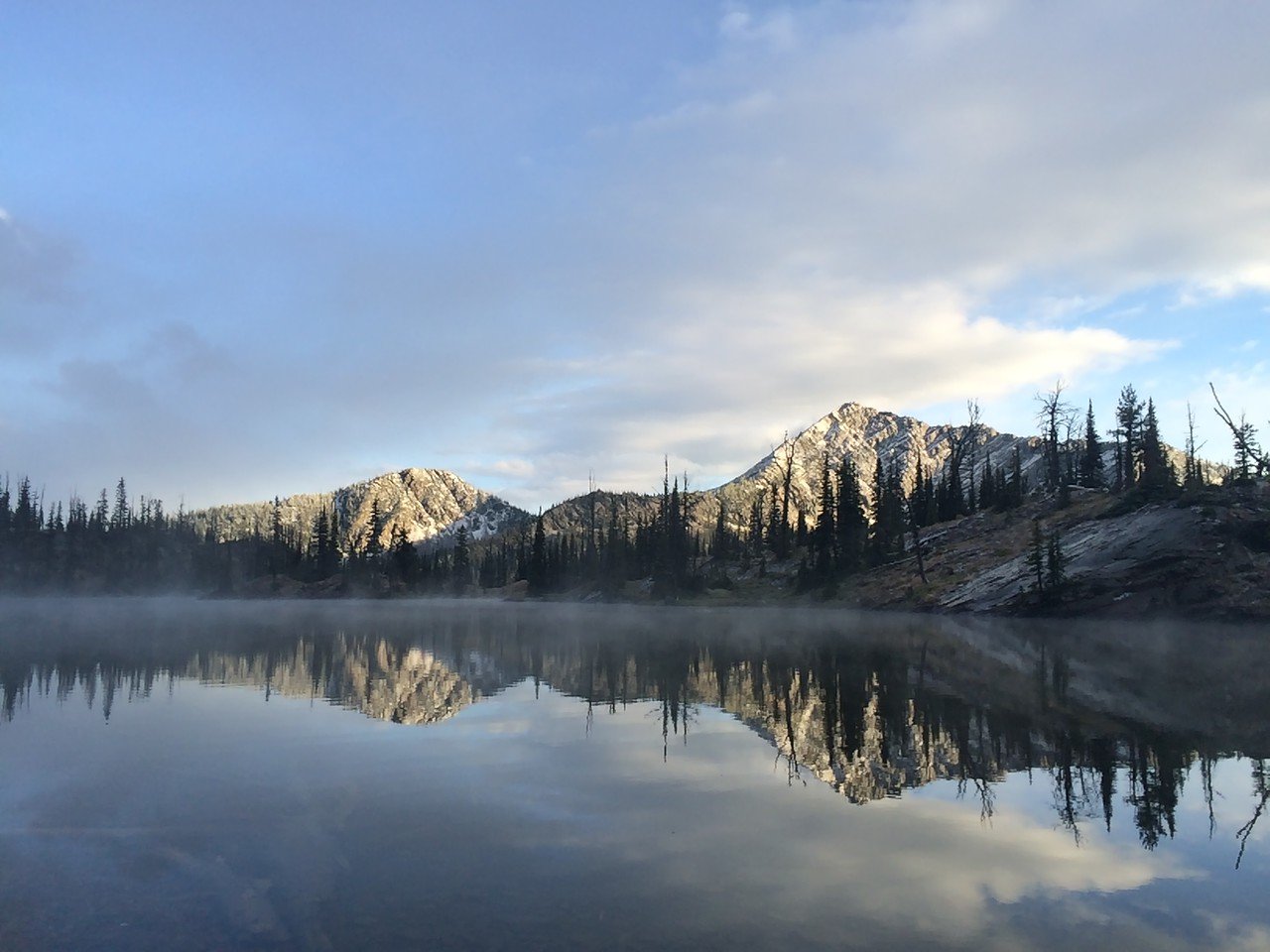
Water Quality
Clear, cold waters emerge from the Mission Mountains and the Swan Range,
flowing through the Swan River watershed, joining the Flathead River, and
eventually reaching the Pacific Ocean by way of the Columbia River.
The wettest watershed in Montana
The Swan Valley holds more surface water than any other Montana watershed; 16 percent of the land is wet.
Water collects in
over 4,000 pot holes, ponds, lakes, marshes and wetlands
and a 1,300-mile network of streams transports water throughout the valley.
These wet areas and stream sides provide significant high quality habitat for native fish and wildlife, and clean water for humans.
The Swan River and several of its tributaries provide significant habitat for bull trout, a federally-listed threatened species. Nearly half of the bull trout spawning redds on the Flathead National Forest are found in the clear, cold streams of the Swan Watershed.
THE SWAN LAKE WATERSHED FACES THREE WATER QUALITY ISSUES:
Sediment contributed from past management activities
Sediment from roads needing ongoing maintenance
Residential development in the floodplain or too close to lake shores
The Montana Department of Environmental Quality (DEQ) in 2004 completed a water quality study for the Swan Lake watershed exposing these water quality issues. In response to this study, we formed a Technical Advisory Group (TAG), made up of representatives of the agencies and organizations involved with protecting water quality in the watershed. The TAG meets periodically to prioritize and plan annual monitoring and restoration in the watershed.
KEY PROGRAM ELEMENTS IN WATER QUALITY CONSERVATION INCLUDE:
Stream and lake monitoring
Road restoration
Sharing information on water quality issues and best practices
Stream temperature monitoring
Since 2005, SVC has contributed to water quality efforts by monitoring temperature in ten tributary streams and key reaches of the Swan River. Early each fall, after we check thermometers that have logged temperature throughout the entire year, we share the findings with our local fisheries biologist in the Flathead National Forest, who uses this data to evaluate decisions that could impact water quality. This long term dataset is becoming increasingly vital in our rapidly changing environment, even as we can be thankful that, for now, Swan Valley water temperatures do not appear to be consistently rising.
MONITORING OF TRIBUTARY STREAMS IN THE SWAN RIVER BASIN,MONTANA
2020 Status Report by Beth Gardner, USDA Forest Service, Flathead National Forest




